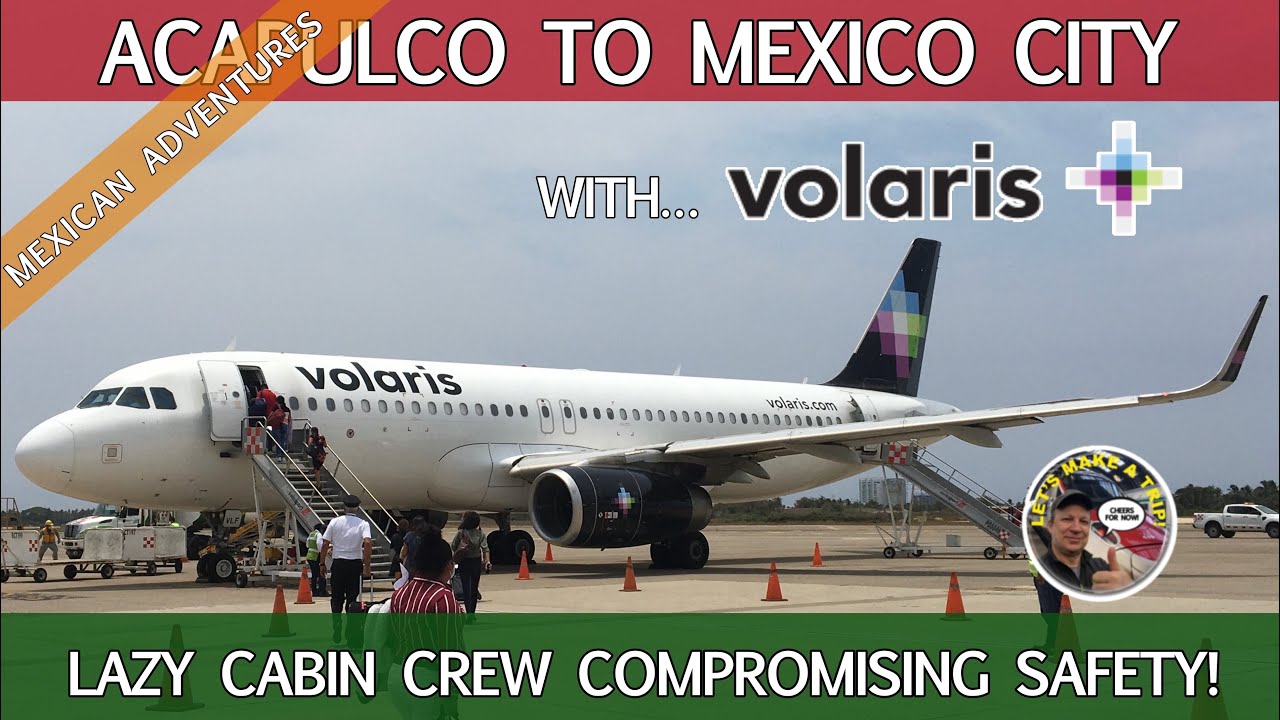Discovering the Time Zone of Mexico City
As you plan your adventure to the heart of Mexico, understanding the time zone of Mexico City becomes essential. Nestled in the Central Time Zone (CT), Mexico City operates on the same clock as many central parts of the United States and Canada. However, the city has its nuances when it comes to managing time, especially considering Daylight Saving Time (DST). Unlike some countries that may have multiple time zones across their territory, Mexico City maintains consistency with the Central Standard Time (CST), which is UTC-6 hours during standard time and transitions to Central Daylight Time (CDT), UTC-5 hours, during the daylight saving period.
Daylight Saving Time in Mexico City is observed differently than in other regions. Typically, it begins on the first Sunday in April and ends on the last Sunday in October. This slight variation from the U.S. dates—which start DST in March and end in November—can cause confusion for travelers. Thus, it’s pivotal to double-check your devices and travel schedules to ensure they align with the local time, especially if you’re traveling from or through an area observing a different DST schedule. Most smartphones and digital devices update automatically, but it’s always wise to verify.
The impact of knowing the precise timing in Mexico City goes beyond just being punctual for your flights or tours. It affects restaurant hours, public transportation schedules, and even the operational hours of must-visit sites. Being aware of Mexico City’s time zone and DST adjustments will help you maximize your stay, allowing you to explore this vibrant city without having to worry about time mismanagement. Whether you’re planning to visit the ancient ruins of Teotihuacan at sunrise or experience the lively markets at their peak hours, having a handle on Mexico City’s time zone will ensure you immeraneously immerse yourself in the rich culture and adventures the city has to offer.
Best Times to Visit Mexico City
When planning a trip to Mexico City, timing is crucial to optimize your experience. The sprawling metropolis boasts a myriad of cultural events, culinary delights, and historical landmarks that fluctuate in accessibility and enjoyment depending on the time of year. The ideal times to visit Mexico City are during the spring months of March to May and the autumn period from September to November. These periods feature the most favorable weather conditions, smaller crowds than the bustling summer months, and a vibrant tapestry of events and activities.
During the spring, from March to May, the city emerges from its brief winter with warm, pleasant days and cool evenings. The jacarandas bloom, painting the city in a purple hue, and the weather is perfect for exploring outdoor attractions like Chapultepec Park or the ancient canals and gardens of Xochimilco. This period also avoids the peak tourist season, allowing for a more relaxed pace when visiting museums and historical sites.
The autumn months, September to November, provide another excellent window for visiting. The temperature cools down from the summer heat, making outdoor adventures comfortable again. This season kicks off with the Independence Day celebrations on September 16, followed by the iconic Día de Muertos (Day of the Dead) festivities at the end of October into early November. During these celebrations, the city comes alive with colorful parades, elaborate altars, and traditional music and dance, offering visitors a unique glimpse into Mexico’s rich cultural heritage.
However, travelers should be cautious about visiting during the rainy season, which spans from June to September. Afternoon showers are common and can occasionally disrupt travel plans or outdoor activities. Despite this, the rain tends to come in short, heavy bursts, usually in the late afternoon, leaving the rest of the day clear for exploration. Moreover, the rain can bring a refreshing respite from the heat and rejuvenate the lush landscapes, making the city’s parks and gardens even more beautiful.
Meanwhile, the winter months of December to February are cooler and can be a delightful time to visit if you prefer a chillier atmosphere. These months are also marked by holiday festivities, including Christmas and the Three Kings Day celebrations, enveloping the city in a festive spirit. Despite the lower temperatures, which rarely drop below freezing, the city’s outdoor attractions remain open, providing a unique winter travel experience. However, do remember that evenings can be quite cool, so packing layers is advisable.
Activities Aligned with Mexico City’s Time Zone
Exploring Mexico City’s endless vibrancy and cultural depth can be a thrilling experience, especially when your activities are seamlessly synchronized with the local time zone. This urban giant doesn’t just run by the clock; it sets a rhythm of its own, pulsating through the day and into the night with a variety of experiences, from early morning adventures to late-night excursions. Whether you’re an early bird ready to catch the sunrise over ancient ruins or a night owl looking to soak up the lively nightlife, Mexico City offers something special at every hour.
For those up with the dawn, a morning hot air balloon ride over the majestic Teotihuacán Pyramids offers a breathtaking start to the day. This activity typically begins before the sun fully rises, around 6 AM, allowing participants to watch in awe as the ancient city comes to life under the first light of dawn. Not only do you get to enjoy a bird’s eye view of one of Mexico’s most iconic archaeological sites, but you’re also back in the city in time for a delicious breakfast of chilaquiles or tamales at a local café.
By midday, the city’s energy shifts towards its vibrant markets and museums. A guided museum tour, starting around 10 AM, leads you through the halls of the world-renowned Museo Nacional de Antropología, home to the largest collection of ancient Mexican art. Following the cultural immersion, a leisurely lunch at one of the city’s picturesque markets, like the Mercado de San Juan or La Ciudadela, provides a taste of Mexico’s rich culinary traditions and famed local ingredients, all while staying in sync with the typical lunch hour in Mexico City, which stretches from 2 to 4 PM.
As the sun begins to set, the city transforms yet again, embracing its renowned nightlife. A late afternoon stroll through the historic center, beginning around 5 PM, reveals the transitioning colors of the sky against the backdrop of colonial architecture and bustling plazas. This time is perfect for capturing photos or simply soaking in the atmosphere before heading into a night of exploration. The neighborhoods of Roma and Condesa come alive at night, offering an array of dining and entertainment options that kick off around 8 PM and last well into the early hours, providing endless opportunities to engage with the local culture and cuisine under the stars.
How Mexico City’s Time Affects Your Travel Plans
Understanding how time influences your travels in Mexico City is crucial for planning an optimal vacation or business trip. The capital operates on Central Standard Time (CST) and adopts Daylight Saving Time (DST) from April to October, potentially impacting flight schedules, tours, and activities. Travelers from regions with significant time differences may experience jet lag, which could affect how soon they can adapt and enjoy their visit. Timely research and adjustment to Mexico City’s time zone before departure can mitigate these effects, allowing travelers to maximize their enjoyment and productivity during their stay.
Public transportation and operating hours for major attractions are directly tied to the local time. Museums, archaeological sites, and other places of interest often have specific hours, typically closing early in the evening. Knowing the local time ensures that you can squeeze in as many activities as possible. For instance, the city’s renowned Anthropology Museum closes at 7:00 PM CST, making early visitation essential. Likewise, understanding the local dining times can enhance your culinary experience, as Mexicans traditionally eat later in the evening.
Lastly, participating in local events or festivals requires attention to Mexico City’s time. Celebrations such as the Day of the Dead in November or the Guelaguetza in Oaxaca have specific schedules that, if missed, can mean missing out on unique cultural experiences. Additionally, reservations for popular restaurants or shows often need to be made well in advance, considering the local time zone. Effectively planning around Mexico City’s time not only ensures that you make the most of your journey but also allows for smoother transitions between activities, creating a more enjoyable and memorable trip.
Preparing for the Time Difference in Mexico City
Traveling to Mexico City presents an exciting array of cultural experiences, splendid cuisine, and vibrant urban life. Adjusting to the time difference is a crucial aspect of planning your trip to ensure you fully enjoy every moment in this historic metropolis. Mexico City operates on Central Standard Time (CST), which might be a significant change depending on where you’re journeying from. Here’s how to prepare for the time difference and mitigate jet lag, ensuring a seamless transition to Mexico City’s rhythm.
First and foremost, begin adjusting your sleep schedule a week prior to your departure. If you’re traveling from a timezone that is hours ahead or behind CST, gradually shift your bedtime to either an hour earlier or later each night. This gradual change will help your body’s internal clock to more closely align with Mexico City’s time, reducing the severity of jet lag upon arrival.
Staying hydrated and avoiding heavy meals during your flight can also favorably impact your adjustment to the new timezone. Dehydration can exacerbate symptoms of jet lag, so drinking plenty of water during your journey is essential. Similarly, eating light meals helps prevent discomfort and can make it easier for your body to adjust to new meal times once you arrive.
Engage in sunlight exposure upon arrival to help reset your internal clock. Sunlight naturally signals your body to adjust to the local time. Try to spend some time outdoors in the morning or early afternoon in Mexico City. This exposure to natural light can significantly help in reducing jet lag and adjusting your sleep pattern according to the local time.
Lastly, maintain a flexible schedule for the first few days of your trip. Although tempting, packing your itinerary with activities might leave you feeling exhausted if you’re still adjusting to the time difference. Instead, opt for a relaxed pace, allowing your body to acclimate. Prioritize visits to outdoor locations where the sunlight can assist in adjusting your body’s clock, and save indoor or evening activities for when you’ve fully adapted.
By taking these steps to prepare for the time difference, you’re setting yourself up for a more enjoyable and less stressful experience in Mexico City. Travel is as much about the journey as the destination, and appropriately adjusting to local time is a key part of that adventure.


